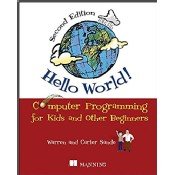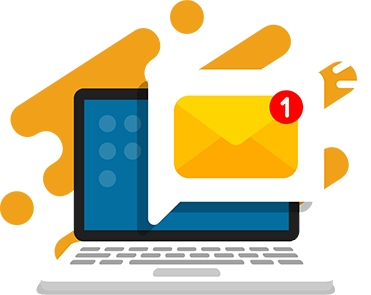Teaching your child to code is like giving them a superpower.
Being able to code gives them a better understanding of the world around them and allows them to become innovators. Learning to code is a great way for kids to express their creativity and build tangible skills at the same time.
However, if you’re not a programmer yourself, you may find it difficult to teach your child to code. You understand the importance of coding for kids and how it can have a positive impact on their future. But, where do you start teaching your child to code?
Even with no programming skills, you can take steps to get your child familiar with programming.
If you want to teach your child to code, let’s discuss effective strategies to teach coding in a fun and engaging way. There are many ways to teach coding to kids and I encourage you to find the one that suits your child best.
Table of Contents
Why teach kids to code?
Coding has become an essential skill for future generations. Learning to code not only creates more confident and successful kids, it gives them unlimited opportunities to create and innovate.
There are also many benefits to teaching kids to code that affect their cognitive development, adaptability, and professional development.
No matter what age your child is, there are skills they can practice with coding that translate to everyday life.
Some of the top reasons and benefits to teach kids coding include:
Learning Problem-Solving Skills
Kids need to develop a problem-solving framework to tackle situations in real life. In coding, they solve many small problems that make up a larger problem. For example, in order to add a button, they need to figure out the steps to create the button, place it on the page, and then add styling to it. By completing those actions, they will have a clickable button.
Developing Logical Reasoning Skills
We want kids to think for themselves, so they need to have logical reasoning skills. Not only can they solve a problem, but they’re also able to explain how and why they solved it that way. Every coding project has many ways to solve the same problem. They require logical reasoning to determine the best solution.
Building Self-Confidence
While learning to code, kids meet small milestones that add up to big accomplishments. This builds their self-confidence through consistent positive feedback. They find ways to overcome obstacles and achieve their goals. As a result, they believe in themselves and feel confident they can be successful.
Expressing Their Creativity
Kids who learn to code get to be creative throughout the entire process. Everything from the design to the features to the written code utilizes creative thinking. In this way, coding is enjoyable for kids who want to learn about math and science as well as design and art.
Opportunities for a High-paying Job
It’s estimated that computer science majors can earn 40% more than the college average. In the US, we are anticipating a supply gap of over 1 million workers who lack coding and STEM skills. That’s an opportunity for kids to fill these positions. Not only can they find a high-paying job, they can make a difference in an industry they care about.
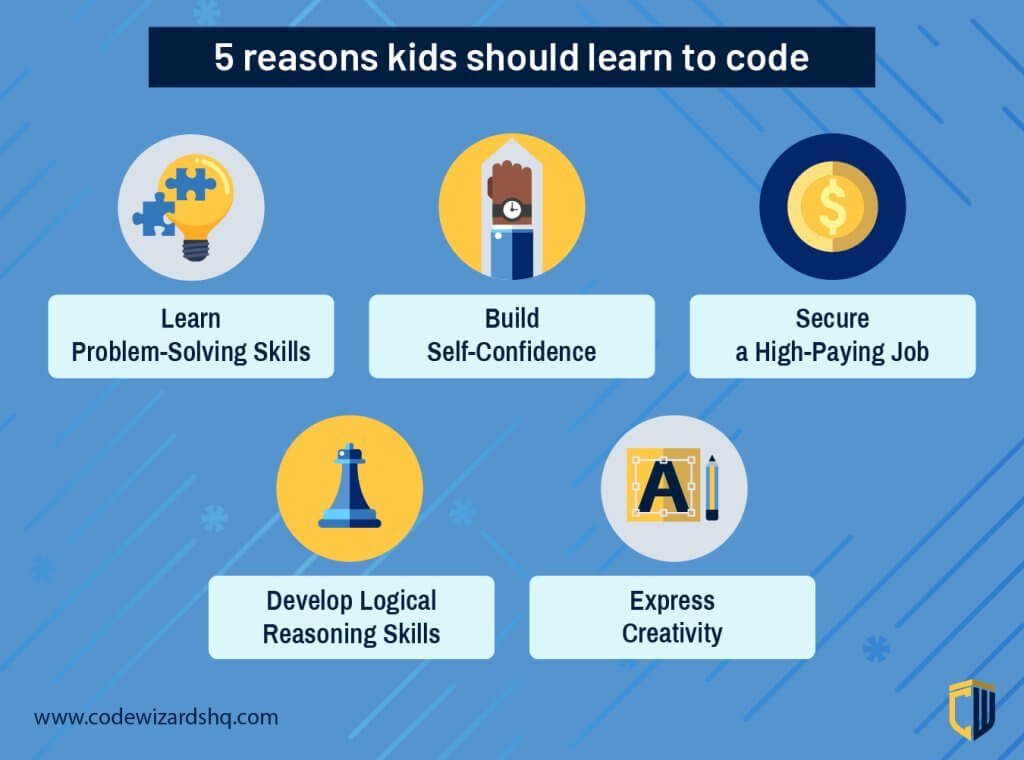
If you’re not convinced, see 26 reasons why learning to code benefits your child.
How to Teach Kids to Code
- Get Kids Excited About Coding
- Teach an Introduction to Coding
- Choose a Programming Language for Kids
- Study Basic Coding Topics and Theories
- Other Ways to Teach Programming to Kids
- Practice, Practice, and Practice Programming
Get Kids Excited About Coding
For kids to want to learn, it’s important that they are interested and excited about coding. Some easy ways to do that include:
- Tie coding to their favorite topics
- Show them how code is used in their world
- Make coding fun using games and activities
We encourage kids in our coding classes by using their favorite topics. Whether that is art, science, or gaming, there’s almost always a connection to code.
If your child is interested in art, show them the design aspects of code and Creative Coding, a method that uses computer programming for artistic expression. If your child loves playing games, like Minecraft, teach them about game development and how code is the foundation of their favorite games. They can even learn to code in Minecraft and expand their worlds.
In everyday life, kids are interacting with code on websites, games, and apps. Let’s say your child is a big fan of YouTube. They might be interested to know that the bulk of the codebase is written in Python. They also incorporate other languages like JavaScript, C, and Java.
If your child wants to build something like YouTube or even work there one day, learning to code is the first step. Coding gives them unlimited opportunities in the real world too. They’ll see how they can use their coding skills to shape the future.
Make coding fun using games and activities. To stay engaged, kids have to be having fun. Find different ways to teach them coding concepts and syntax. There are all types of games and activities that can make coding feel like play. For young students, try toys and board games. For older students, mobile and online games that allow them to advance or play against others.
In our coding classes for kids, kids build a new project or game in every class. Once they’ve started, make sure they are having small wins along the way. This will encourage them to keep learning and tackle challenges along the way.

Teach an Introduction to Coding
Before diving into writing code, a good place to start is to answer the question, “What is coding?”.
In simple terms, coding is using a set of instructions to communicate with computers. Lines of code create computer programs that run websites and software.
Computer programmers are the ones who write, modify, and test the code. They may work with designers, engineers, and others to develop the code and instructions.
Coding languages are how the programmers write the code. Different languages have different uses, for example there are languages used for coding websites versus mobile applications.
Try this easy activity as an introduction, which of these uses code?
You can discuss which elements do or don’t use code. For example, a basic lightbulb may use electricity but not require code. However, a smart light bulb that connects to your phone could use code.
Choose a Programming Language for Kids
Next, pick a coding language to learn. Most languages cover the same concepts, but with different syntax and level of complexity. You want to pick a language that is easy to learn, has real practical purposes, and that will serve them well in the future.
We recommend these as a starting point based on your child’s age:
Scratch
Ages 8-10
Scratch is a drag-and-drop coding platform that doesn’t require advanced typing skills. That’s why it’s a great way for younger students to learn fundamental coding concepts without being held back by their typing skills.
See our top-rated Scratch classes for kids.
HTML/CSS/JavaScript
Ages 11-13
Kids in middle school can start to learn text-based programming languages. The most foundational web languages are HTML/CSS and JavaScript. All major web browsers use JavaScript and this language is integral in adding increased functionality and interactivity to websites, online games, and apps.
Learn about HTML for kids.
Python
Ages 11-18
Python is a text-based programming language that can be used to create webpages, games, software, and much more. When compared to other text-based languages, Python is relatively simple to read and understand, which is why it’s a great option for kids. Python is a powerful language, which is why it is so in demand by employers, but it’s also a great stepping stone to other languages.
Learn about Python for kids.
Java
Ages 14-18
In general, Java is considered best for students in middle and high school. It is also the language that is used for AP Computer Science courses in high school, so students who are interested in getting this AP credit would do well to learn Java.
Learn about Java for kids.
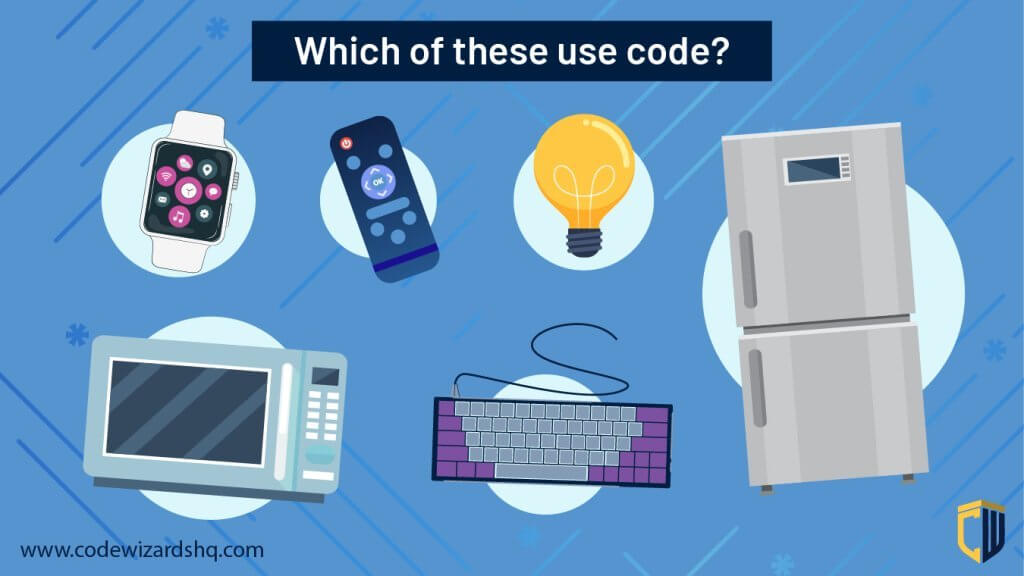
Recommended: 10 Best Kids Coding Languages
Study Basic Coding Topics and Theories
Coding relies on many fundamental concepts. Even if you don’t have professional experience as a programmer you can help your child learn the basics. The best way is to study these individually, and then eventually put them together.
Beginner Coding Topics:
Sequencing and Algorithms: Teach kids about the importance of step-by-step instructions in coding.
Variables: Explain the idea of variables as containers for storing information and how they can be used to change values in a program.
Data Structures: Introduce concepts like arrays and lists, showing how data can be organized and manipulated.
Loops: Explain the concept of loops with examples like making a character move in a pattern without repeating the same command multiple times.
Conditional Statements: Introduce “if” statements by having them make decisions in their code based on certain conditions.
Functions: Introduce simple functions that encapsulate a series of commands, helping kids understand how to reuse code.
Events and Interactivity: Teach kids how to make things happen when certain events occur, like making a character jump when a key is pressed.
Debugging: Teach kids how to find and fix errors in their code and that it’s okay to make mistakes.
Advanced Coding Topics:
Object-Oriented Programming (OOP): Teach kids about classes, objects, and how to design and create their own custom objects.
Advanced Functions: Extend their knowledge of functions by teaching them how to pass parameters and receive return values.
Recursion: Explore the concept of functions calling themselves, helping them solve complex problems using recursive approaches.
Event Handling: Teach them how to respond to various events in a more intricate manner, such as mouse clicks, keyboard inputs, or touch interactions.
APIs: Show them how computers can integrate to share data and capabilities using Application Programming Interfaces.
File Handling: Introduce file input and output, teaching them how to read from and write to files, which is crucial for data storage and retrieval.
Artificial Intelligence (AI) and Machine Learning (ML) Concepts: Introduce the basics of AI and ML through interactive projects like image recognition or simple chatbots. There are many positive ways to use AI while being safe.
Other Ways to Teach Programming to Kids
There are different resources to help you teach coding to your child. Here are a few of our favorites for beginners.
Coding Classes
There are self-paced classes or live, instructor-led classes. If your child needs more support or just wants to learn fast, we recommend a structured coding program with teachers that help them every step of the way.

CodeWizardsHQ
Ages: 8-18
CodeWizardsHQ has the best online coding classes for kids and teens ages 8-18. Kids work with passionate, live instructors in small-group classes to learn coding principles and master coding languages. They complete fun projects in every class and have access to support the entire way.
Students are introduced to Scratch, HTML & CSS, JavaScript, WordPress, Responsive Design, App Development, Python, MySQL, and Git. Coding classes are available for kids in elementary, middle, or high school. There are also afterschool coding classes and a summer coding camp for kids.
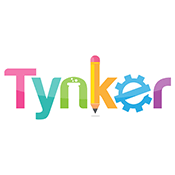
Tynker
Ages: 4-14
Tynker is one of the best coding websites for self-paced online programming kids. It’s created for kids to build their own games and apps and teaches in both block programming and text-based classes. The programming courses are game-based and space-themed with space aliens and rocket ships.
They have a collection of courses related to the popular Minecraft game teaches kids about mods and skins, how to create mods, and how to build multi-player Minecraft games. There is no structured curriculum in Tynker, so kids progress at their own pace. Kids can start at a beginner or advanced stage.
Coding Games
Kids enjoy playing games and a coding game is one way to combine the best of both words. These games teach programming skills and make it fun too.
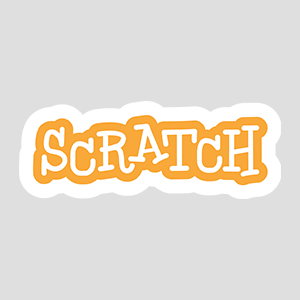
Scratch
Ages: 8-16
Scratch, designed by educators at MIT, is a programming language and platform with an online community where children can learn the basics of coding as well as move on to more advanced topics and concepts. Scratch uses drag and drop blocks to create programs, so it’s easy for even young children.
Kids won’t learn text-based programming in Scratch, but they will understand the fundamental concepts needed to do it. In Scratch it’s possible to build interactive games, stories, and animations. Kids can also share their projects and remix other projects.
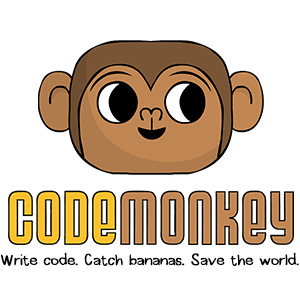
CodeMonkey
Ages: 5-14
CodeMonkey is a coding platform where kids learn coding through an engaging game-like environment. It was originally designed as a classroom resource for teachers. In addition to a web-based app, kids can use the phone and tablet apps.
CodeMonkey provides various insights for you that will help you monitor your child’s progress as well as assess their learning, even if you are completely unfamiliar with computer science. Kids can learn block-coding, text-coding, CoffeeScript, and Python. Even kids as young as 5 can start programming to solve scaffolded puzzles and build their own games.
Find more coding games for kids.
Coding Apps
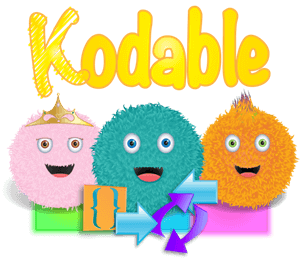
Kodable
Ages: 4-10
Kodable is an online resource for parents and educators all over the globe. The lessons combine both on-screen and off-screen components. Kodable breaks down computer science topics into basic concepts that kids can use for life including JavaScript and robotics.
Through interactive games, kids can foster a love of learning. They have carefully crafted standards, so you can ensure that the fun is helping them be prepared for higher educational concepts. It also connects with an app that has custom-built games.

Hopscotch
Ages: 9-15
Hopscotch is a platform for kids to explore projects and learn how to code and make their own games with over 10 million downloads. Students have the ability to access other people’s projects and play, tweak, or remix it, providing inspiration and collaboration through Hopscotch’s fully moderated community.
The app also includes detailed video tutorials that teach them how to make popular games, increasing in difficulty as they become a better programmer.
Find more coding apps for kids.
Coding Books
If your child is a bookworm, try a coding book. There are books and series designed for kids at all ages and levels of experience. You can choose a book based on the language your child wants to learn or start with a general.
When learning to code, the first program most people write in any language simply displays the words “Hello World” on the screen. Scores of coding books for kids and adults start out with this straightforward script. It’s easy to write and familiarizes new programmers with some of the most basic features of a language. This book follows that tradition and quickly moves into the requisite skills coders need to build useful software of any kind.
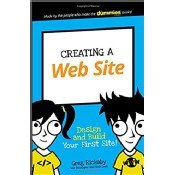
Creating a Website: Design and Build Your First Site
Age Range: 7-11
Here’s a guide to everything web design for kids, from planning a site’s structure to adding fine details that make a site extraordinary. So many books focus on coding, but this one provides advice about many of the techniques and processes software engineers use in the real world.
There are tips about wireframing, a technique professional developers use to mockup websites before development. Readers will also benefit from information about site mapping, making a style guide, and fine-tuning a site’s appearance. There’s plenty of HTML and coding instruction, too.
Find more coding books for kids.
Practice, Practice, and Practice Programming
To learn to code, consistent practice is key. Encourage kids to practice with tutorials, challenges, and personal projects.
You can find free coding tutorials for every language. Kids can follow along to learn a concept and practice it. There are written and video tutorials that walk kids through coding step-by-step.
Another way to practice is to test their skill. Kids can sign up for coding challenges and competitions. There are also hack-a-thons where they can work on a team to build or improve on programs.
Kids can also come up with a personal project to practice their skills. They might want to build a website to showcase one of their hobbies or build an app to share with friends. In our coding classes, students complete multiple capstone projects that combine and test their coding skills.
Coders are lifelong learners because languages evolve. They don’t simply learn a language and stop learning. Good programmers stay up to date on the latest technology and standards which means a lifetime of continuous learning.
So, kids should continue to practice and keep learning.
Start Coding Today!
With your guidance and encouragement, your child can learn how to code. And now is the right time to get started.
You can try some of the strategies suggested or get help from the kids coding experts.
Prepare your child for the future, you’ll be happy you did!
